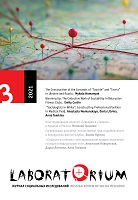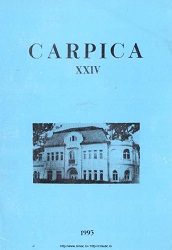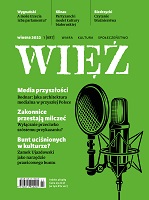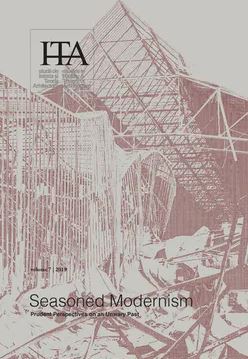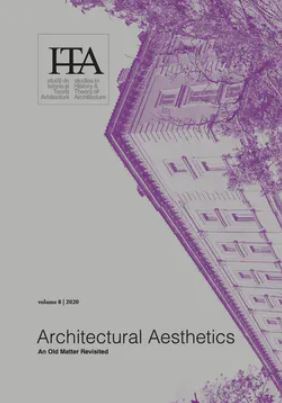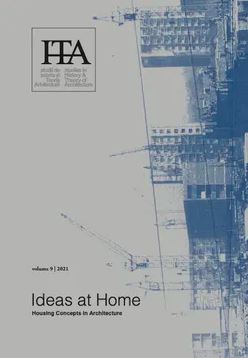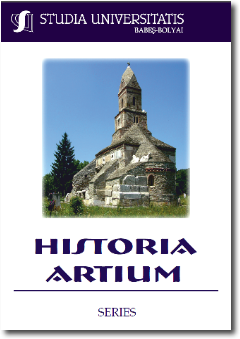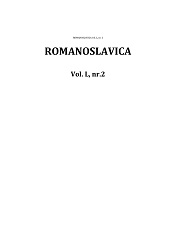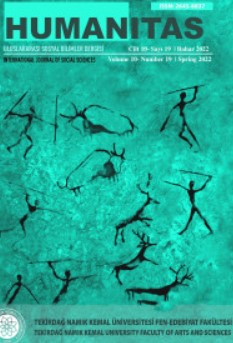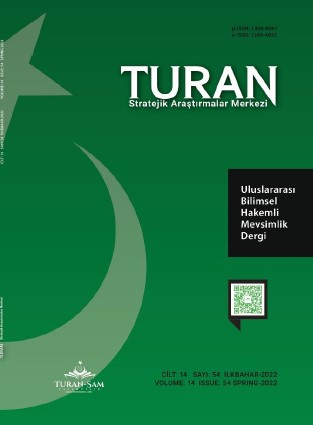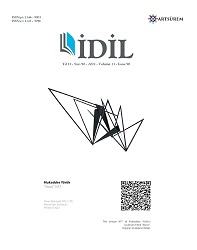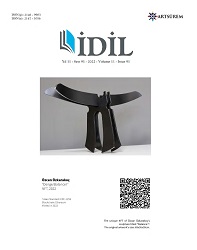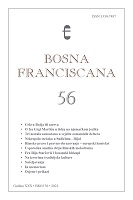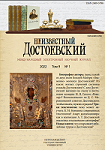
«Темный лик Богородицы у Знаменья» (Икона, перед которой молился Достоевский)
Based on a cross-analysis of the memoir testimony of V. V. Timofeeva (O. Pochinkovskaya) and the materials of Dostoevsky’s creative laboratory, the article establishes the fact of the writer’s prayerful veneration of The Sign, the miraculous icon of the Mother of God, located at the St. Petersburg Znamenskaya (Entrance to Jerusalem) Church on Nevsky Prospect, as well as Dostoevsky’s intention (not realized in one of the episodes of the novel “A Raw Youth”) to portray the main character, Arkady Dolgoruky, at prayer before this miraculous image. When commenting on the draft entry of “The Dark Face of the Virgin at the Znamenskaya Church,” it was discovered there were not one, but two venerated icons of the Sign of the Mother of God in the temple on Nevsky Prospect in the 1870s, Both were replicas of the 12th-century miraculous Novgorod icon of the Sign. One of the replicas dates back to 1175 in the church historical literature, the second - to 1744. Based on an analytical review of the information about these two icons, the article substantiates the assumption regarding which of the two icons is mentioned in the drafts of “A Raw Youth,” as well as which one of them was the object of Dostoevsky’s fervent prayer. The current location of one of these icons is indicated.
More...
